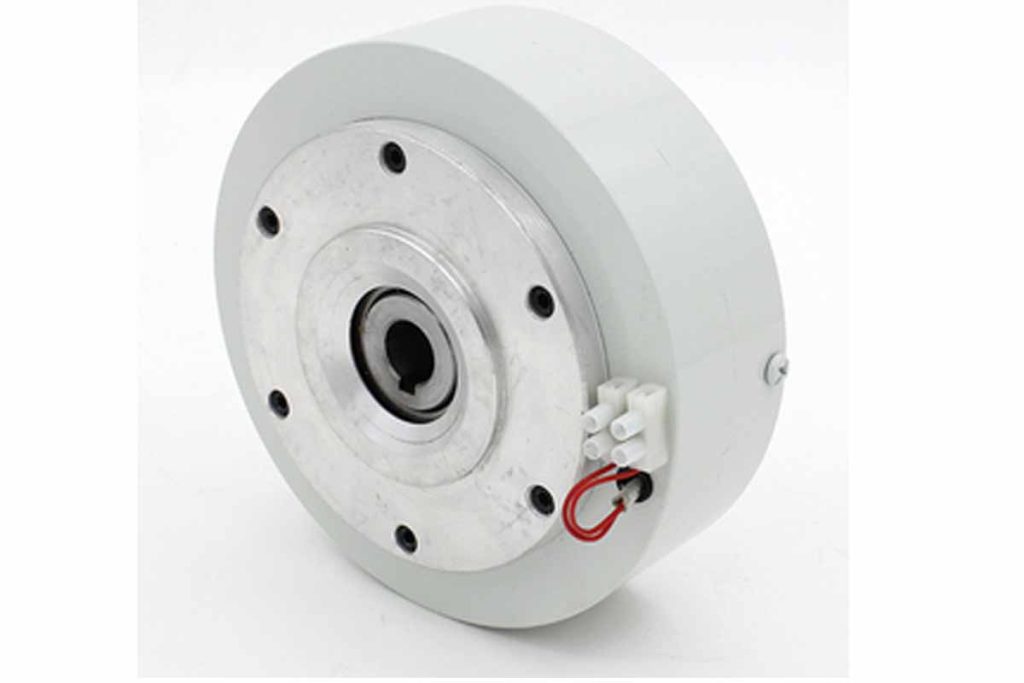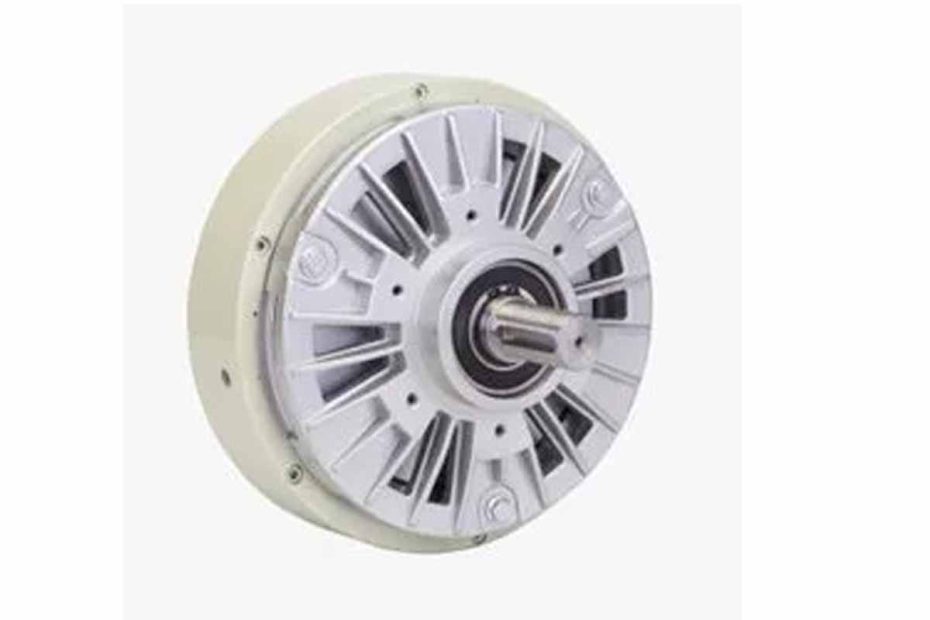Braking systems are integral components in various mechanical applications, playing a crucial role in controlling the motion and ensuring the safety of machinery. Two widely used braking technologies are Magnetic Particle Brakes (MPBs) and Electromagnetic Brakes (EMBs). Despite their similar-sounding names, these braking systems differ significantly in their operating principles and applications.
Magnetic Particle Brakes: An Overview
Magnetic Particle Brakes operate on the principle of utilizing magnetic particles to transmit torque. These brakes consist of two main components: a rotor and a stator. The rotor contains magnetic particles, and the stator generates a magnetic field. When a voltage is applied to the stator, the magnetic particles align with the magnetic field, causing the rotor to transmit torque. The level of torque transmitted is proportional to the strength of the magnetic field.
Top 3 Features of Magnetic Particle Brakes
- Torque Control: MPBs offer precise control over torque, making them suitable for applications where accuracy is critical, such as in tension control systems.
- Smooth Engagement: The engagement and disengagement of Magnetic Particle Brakes are typically smooth, minimizing wear and tear on the braking components.
- Maintenance-Friendly: These brakes are often considered maintenance-friendly due to their simple design and fewer mechanical parts.
Electromagnetic Brakes: An Insight
Electromagnetic Brakes, on the other hand, rely on the principle of electromagnetism for their operation. These brakes consist of a stationary component (field coil) and a rotating component (armature plate). When voltage is applied to the field coil, it generates a magnetic field that attracts the armature plate, resulting in braking action.
Top 3 Features of Electromagnetic Brakes
- Quick Response Time: EMBs are known for their quick response time, making them suitable for applications where rapid braking is required, such as in high-speed machinery.
- High Torque Capacity: Electromagnetic Brakes often exhibit a higher torque capacity compared to Magnetic Particle Brakes, making them suitable for heavy-duty applications.
- Dynamic Braking: These brakes are well-suited for dynamic braking applications, where the braking force needs to be adjusted based on changing conditions.
Comparing Magnetic Particle Brakes VS. Electromagnetic Brakes
To better understand the differences between Magnetic Particle Brakes and Electromagnetic Brakes, let’s compare them in a table format.
| Feature | Magnetic Particle Brakes | Electromagnetic Brakes |
|---|---|---|
| Operating Principle | Relies on magnetic particles for torque transmission. | Operates on the principle of electromagnetic attraction. |
| Torque Control | Offers precise torque control. | Quick response time with high torque capacity. |
| Engagement and Disengagement | Smooth engagement and disengagement. | Quick response time, suitable for dynamic braking. |
| Application | Ideal for applications requiring precise torque control, such as tension control systems. | Suited for high-speed machinery and heavy-duty applications. |
| Maintenance | Generally considered maintenance-friendly. | May require more maintenance due to wear in dynamic applications. |

Common Applications of Magnetic Particle Brakes and Electromagnetic Brakes
Both Magnetic Particle Brakes and Electromagnetic Brakes find applications across various industries due to their unique characteristics.
- Magnetic Particle Brakes: Used in printing presses, wire winding machines, and other applications where precise tension control is essential.
- Electromagnetic Brakes: Applied in conveyor systems, robotics, and heavy machinery that demand quick and powerful braking.
Conclusion
In conclusion, Magnetic Particle Brakes and Electromagnetic Brakes serve as indispensable components in diverse industrial settings, providing controlled braking solutions. While Magnetic Particle Brakes excel in applications requiring precision and smooth operation, Electromagnetic Brakes are favored for their quick response and high torque capacity. Understanding the differences between these braking technologies is crucial for selecting the most suitable option based on the specific requirements of a given application.
